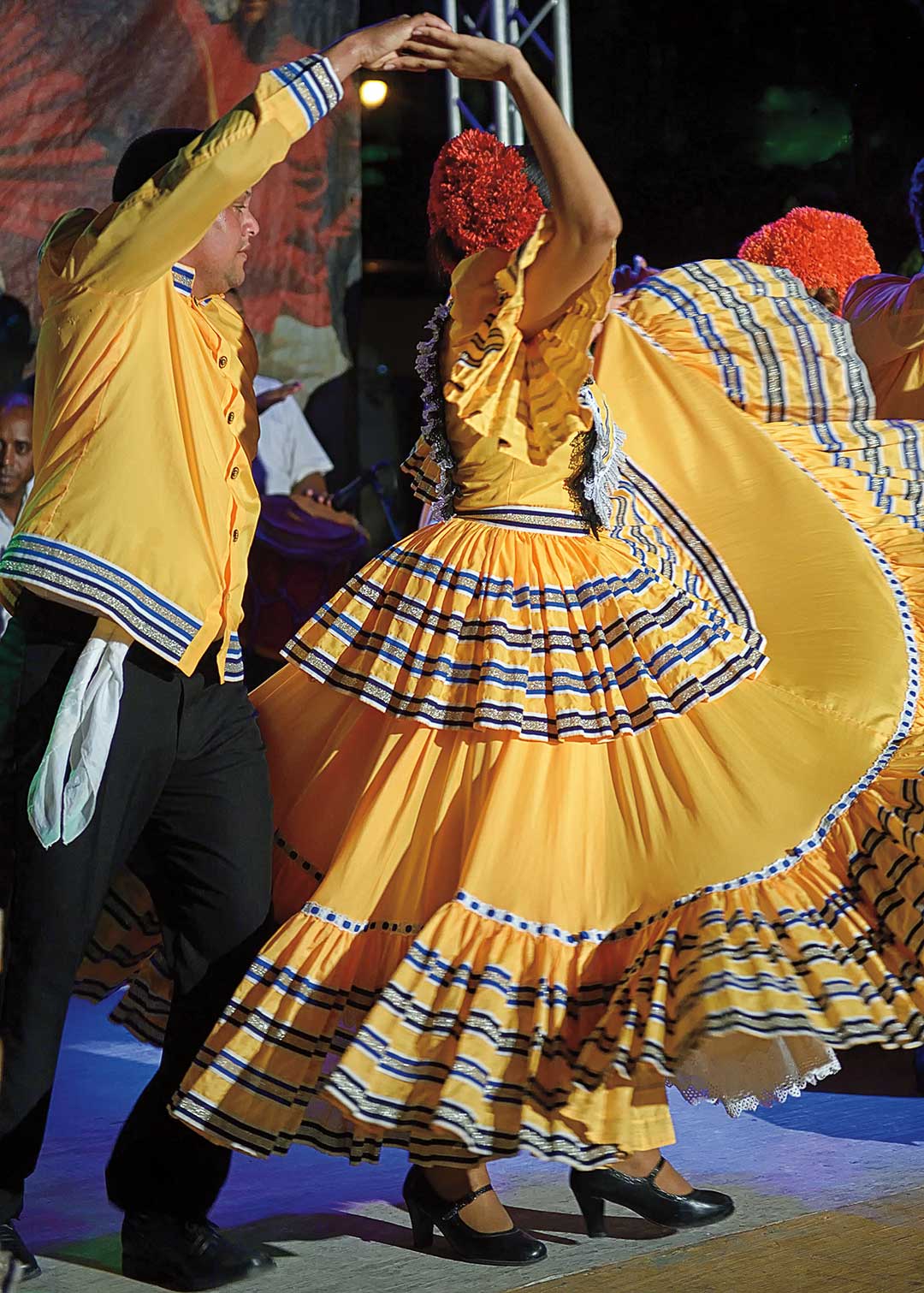Rumored Buzz on Dance Fridays
Some Of Dance Fridays
Table of ContentsDance Fridays Can Be Fun For AnyoneThe Only Guide for Dance FridaysThings about Dance FridaysDance Fridays - An OverviewOur Dance Fridays StatementsIndicators on Dance Fridays You Need To KnowThe Facts About Dance Fridays Uncovered
The significant difference that differentiates the Miami-style from various other North American designs is the "Atras" or "Diagonal", back damaging actions executed backwards diagonally rather than moving forwards and backwards as seen in the New york city design. Professional dancers do not shift their body weight greatly as seen in other styles. Rather, professional dancers maintain their top body still, poised and relaxed, concentrating on foot activity.A major distinction between Cali Style and Miami-style is the last is solely danced on the downbeat (On1) and has elements of lusters and show-style added to it, complying with repertoires of North American styles. Miami-style has several adherents, especially Cuban-Americans and other Latinos based in South Florida. In the 1950s, Salsa Rueda or extra properly Rueda de Gambling establishment was established in Havana, Cuba.
Numerous of the relocations include rapidly switching partners. "Rueda de Miami" stemmed in the 1980s from Miami, is a formal design with many policies based on a mix, and is a hybridization of Rueda de Cuba & North American dance styles, with some routines showing American society (e.
Coca-Cola, Dedo, Adios) which is not found in the traditional Cuban-style Conventional (salsa dancing club san francisco). Cali is likewise known as the "Resources de la Salsa" (Salsa's Resources); due to salsa music being the primary category in events, nightclubs and festivals in the 21st century.

The Of Dance Fridays
They consist of different acrobats such as partnered flips to amuse with these jaw going down stunts. Their maneuvering is complex and accurate, aiding numerous Colombian Design dancers win significant world champions. Cali hosts many annual salsa events such as the World Salsa Cali Festival and the Encuentro de Melomanos y Coleccionistas.
Researchers in the all-natural sciences researched the math of salsa dance actions. In the social scientific researches, researchers have actually researched salsa dancing to recognize, for instance how the Latino identity is connected to salsa dance.
Centro Journal. Obtained 2023-05-26. Salsa Vida.
Obtained 5 October 2023. " Background of Salsa Dancing". Salsa Vida. 26 June 2023. Gotten 5 October 2023. Ludovic, Kiss Mihai (2015-10-01). " Salsa Origins and Development". Sport i Societate. 15 (Special): 120129. ISSN 1582-2168. Djebbari, Elina (2020-01-02). " Dancing salsa in Benin: Connecting the Creole Atlantic". Atlantic Researches. 17 (1 ): 110134. doi:10.

The city of musical memory: salsa, document grooves, and preferred society in Cali, Colombia. Salsa Vida SF. The Journal of Popular Culture.
An Unbiased View of Dance Fridays

:10.
Something failed. Wait a minute and attempt once more Attempt again.
Getting My Dance Fridays To Work
We're chatting about the dancing, not the tasty South American dressing. The beginnings of words "Salsa" as the name of a dance has been a resource of discussion for decades. The most preferred (and potentially accepted) theory is that Cuban and Puerto Rican artists in New york city created the expression in New York in the 1970's, to describe the spicy combination of music they were creating out of the rhythms and concepts of Cuban kid montuno, guaracha, chachacha, mambo and bolero.